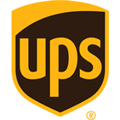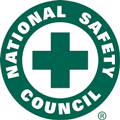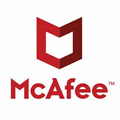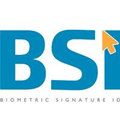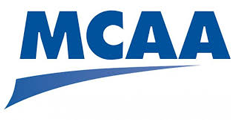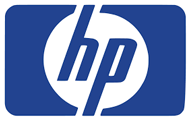Criminal Hackers Clean Out Bank Accounts Using Spear Phishing
Robert Siciliano Identity Theft Expert
It wasn’t long ago that most phishing emails were from a supposed Nigerian General Matumbi Mabumboo Watumboo. And you and I were flattered that we were the chosen ones to help the general transfer 35 million out of the country, because the Nigerian government was a bunch of jerks and wouldn’t let him keep the inheritance his wife had inherited from her deceased uncle Bamboo.
Phishing continues to become more sophisticated, more effective, and more prevalent. According to a recent study, a 52% increase in phishing scams occurred in July alone. Computerworld reports that basic phishing emails successfully led to corporate bank accounts being completely drained. Criminal hackers waited until Pennsylvania schools administrators were on vacation, then used simple money transfers to liquidate over $440,000 between December 29 and January 2.
Much of the phishing that occurs today is “spear phishing,” in which the spammers concentrate on a localized target, generally an individual with control over a company’s checkbook. This insidious type of phishing occurs when a recipient clicks a link, either in the body of an email or on the spoofed website linked in the email, and a download begins. That download is almost always a virus with a remote control component , which gives the phisher full access to the user’s data, including user names and passwords, credit card and bank account details, and Social Security numbers. The malicious software can attach itself to the victim’s web browser, where it waits for the victim to log into a bank site before launching. When the victim does log into his or her bank account, the software sets up new payees and transfers money to the criminal hacker.
In the school hack, the software added 42 people to its payroll during Christmas break and quickly began paying them. The issuing bank received 74 transfer requests during the four day period.
When consumers’ bank accounts are emptied, federal regulations limit their liability to $50, as long as the victim reports the theft within a set time frame. But things are a lot more complicated for corporations and other entities. Whether or not the victim is responsible for the missing cash varies from bank to bank.
Protect your yourself.
This is an easy fix, rule #1 – don’t click on links in an email if you aren’t 100 percent sure of its legitimacy. Whenever I receive an electronic statement from a bank or credit card company I always go to my “favorites” menu or type in the address manually to get to the entities website to check my statement. I’m only 99.9% sure its legit, so I just take the extra step to go to my favorites.
1. Get a credit freeze. Go online now and search “credit freeze” or “security freeze” and go to consumersunion.org and follow the steps for the state you live in. This is an absolutely necessary tool to secure your credit. In most cases it prevents new accounts from being opened in your name. This makes the SSN useless to the thief.
2. Invest in Intelius Identity Theft Protection. While not all forms of identity theft can be prevented, you can effectively manage your personal identifying information by knowing what’s buzzing out there in regards to YOU.
3. Make sure your McAfee anti-virus is up to date and set to run automatically.
4. Update your web browser to the latest version. An out of date web browser is often riddled with holes worms can crawl through.
5. Check your bank statements often, online, at least once a week.
Robert Siciliano Identity Theft Speaker discusses phishing




